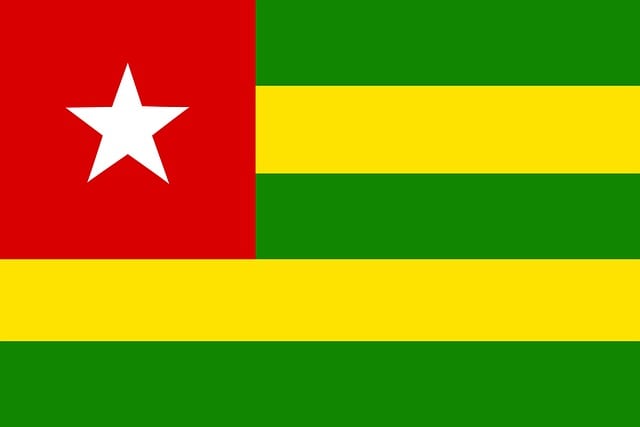By Tim Lambert
In the early 15th century, Togo was inhabited by various tribes who practiced agriculture and used iron tools. However, in the 16th century, the Portuguese began taking slaves from the area across the Atlantic. Other European nations soon joined them. Togo became part of the notorious Slave Coast from which slaves were transported across the Atlantic.
In the 19th century, European nations abolished the slave trade. However, in the late 19th century, they colonised most of Africa. Germany declared a region of Africa, including Togo, to be a German ‘protectorate’. They called it Togoland. The Germans built railways and roads. They introduced crops like cocoa, coffee and cotton. They also built the port of Lome.
However, in 1914, the First World War began. Britain and France occupied Togoland. In 1916, they split the region between them. Britain took the western part, which later became part of Ghana. France took the eastern part, which became Togo.
Togo became independent in 1960. Its first president was Sylvanus Olympio, but he was assassinated in 1963. General Gnassingbé Eyadéma seized power in 1967. He held power until he died in 2005. He ruled Togo until he died in 2005. The army then installed his son Faure Gnassingbé as president. However, following protests, a presidential election was held in 2007. Yet Faure Gnassingbé won. He has since been re-elected several times.
Today, Togo is a poor country, but its economy is growing. Togo is mainly an agricultural country, but one of its main exports is phosphate. In 2022, Togo joined the Commonwealth. In 2025, the population of Togo was 9.7 million.

Last revised 2025